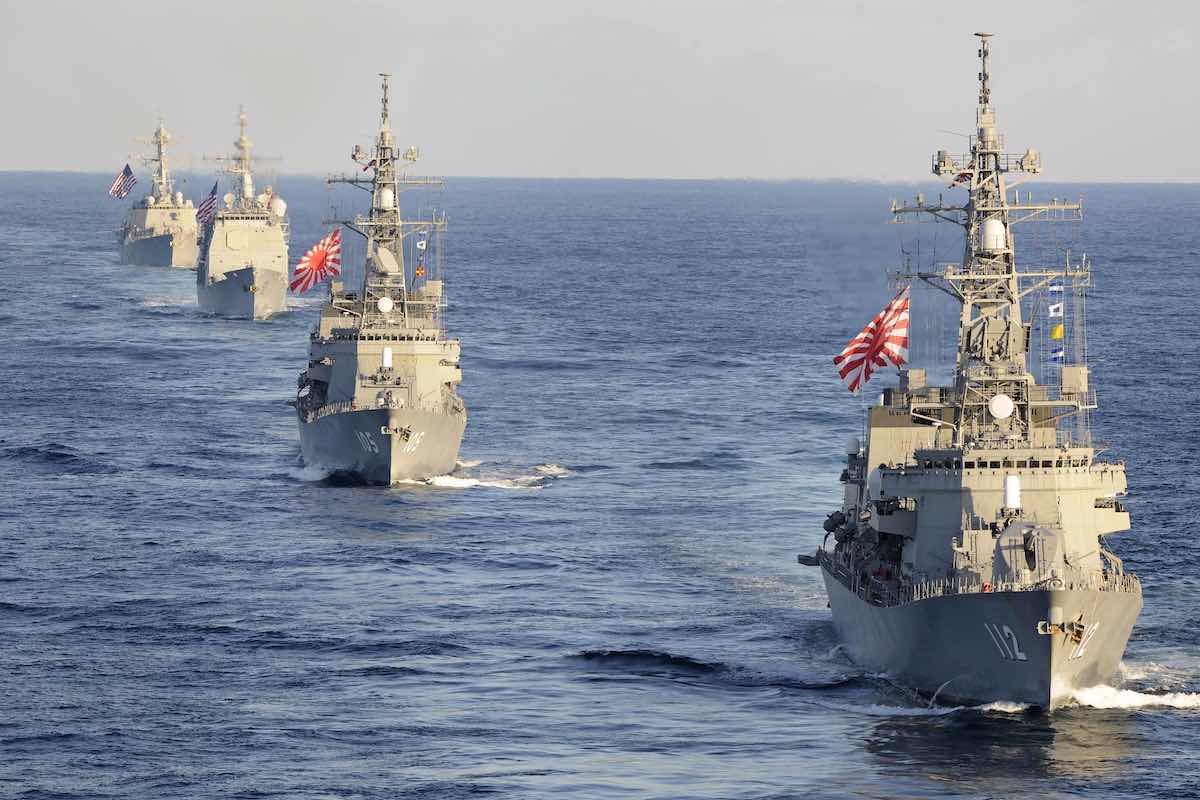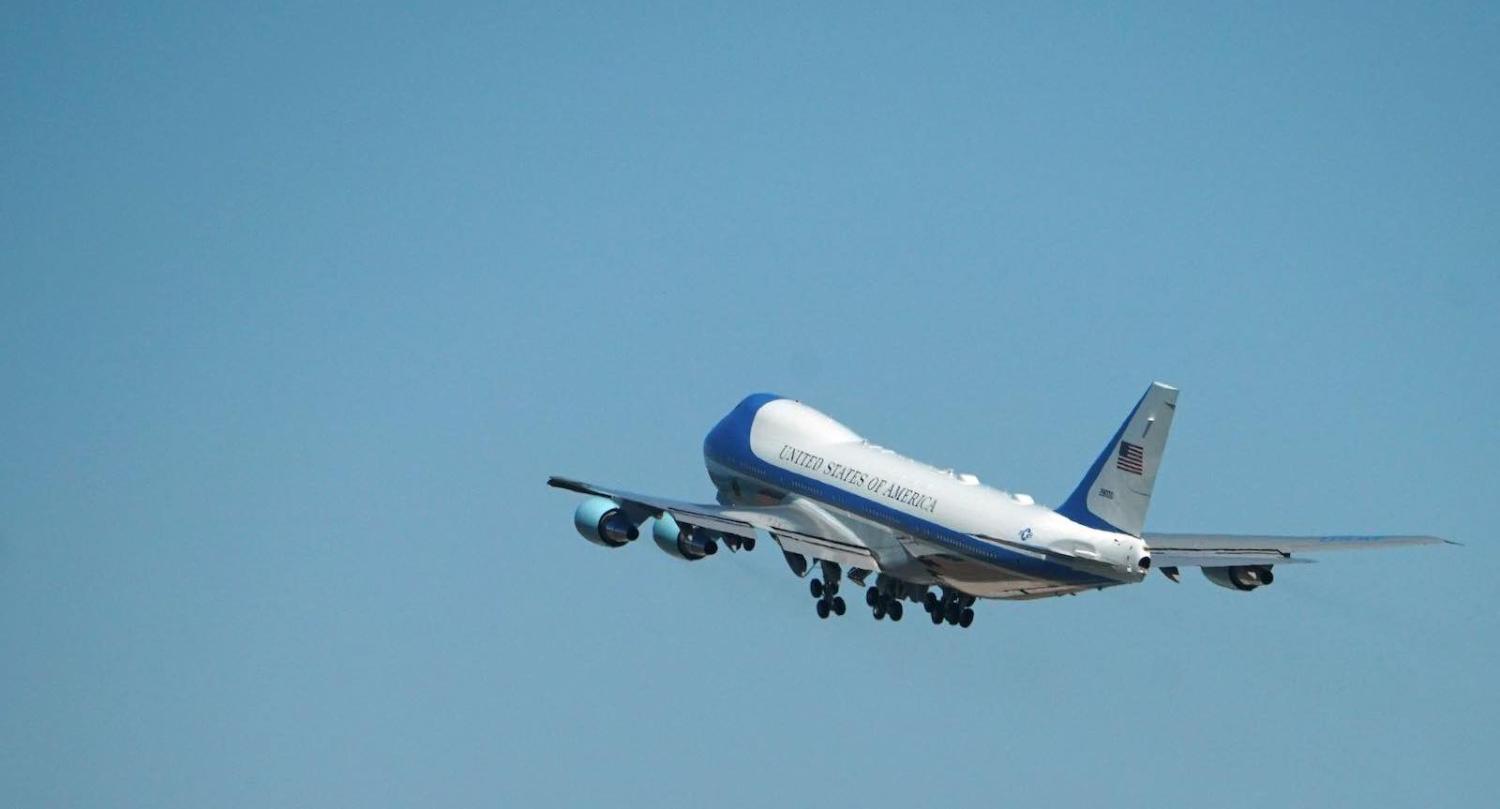Many of America’s friends in Asia have high expectations for the incoming administration of Joe Biden. Biden has, after all, signalled that the region will be a top priority and promised to “build a united front of US allies and partners to confront China’s abusive behaviours and human rights violations”.
This regional focus and devotion to alliances and partnerships reminds many of the Obama-era “pivot” to Asia. Indeed, the basic logic of the pivot still holds: the global centre of gravity is shifting towards Asia, so more of America’s time, energy and resources should be devoted to the region. Yet, Biden will need to update his approach to both adapt to Asia’s new realities and learn lessons from the previous approach.
Right now, China is winning a race to the bottom.
Much has changed in Asia since Biden was vice president. In 2016, Biden reassured an Australian audience, “Don’t worry about our election. The better angels in America will prevail.” But in 2020, he tweeted, “better angels must prevail again”. Critics charge that Donald Trump has “wrecked American power in the Pacific”. Meanwhile, Trump administration officials contend that they have transformed US policy by confronting a rising China.
There is some truth to both claims. Disentangling these narratives is critical to charting a new path in a rapidly changing Asia.
Dwindling trust
When Hillary Clinton introduced the pivot in 2011, she stated, “In Asia, they ask whether we are really there to stay, whether we are likely to be distracted again by events elsewhere, whether we can make – and keep – credible economic and strategic commitments, and whether we can back those commitments with action. The answer is: we can, and we will.” But polling by Pew underscores how questions about American commitment and credibility have grown since then.
Three factors are working against the United States. First, regional states assess that Washington’s political and economic influence is waning. Second, allied publics think the United States is turning inward and calling into question shared values and principles. Third, many worry about the continued spectre of Trumpism and the “America First” mentality.
Addressing these shifts head-on is critical if the Biden administration is to both deter competitors and reassure allies and partners about American capability, commitment and credibility.
Unpopular China
American leadership may be uneven, but it is still more popular abroad than the Communist Party. In fact, polls show that China is increasingly unpopular, due in part to Beijing’s domestic repression, “wolf warrior” diplomacy, pandemic disinformation and coercive statecraft.
In Australia, for example, a Lowy Institute poll found that 77% of Australians have no or not much confidence in Chinese President Xi Jinping to do the right thing in world affairs. Both Xi and Trump are unpopular internationally, but Biden will enjoy high approval ratings, much as Barack Obama did when he took office. Xi and the Communist Party are unlikely to see a similar reversal of fortunes, which will give the Biden administration a “window of opportunity” early in the administration.
If Biden adopts a more competitive and less confrontational strategy, as former Biden adviser Ely Ratner has suggested, then he has an opportunity to capitalise on this popularity gap by strengthening regional alliances and partnerships. Right now, China is winning a race to the bottom. But Beijing will shift its approach, so making use of this popularity gap early in the administration will be key for the Biden team.
Shifting allegiances
Despite talk about “great power competition”, the centre of gravity in the Sino-American competition is actually the alignment of regional states. There have been some encouraging signs for Washington in this regard, to include deepening quadrilateral cooperation among the United States, Australia, India and Japan.
Elsewhere, however, the region looks more fragmented than ever. The US alliances with South Korea, Thailand and the Philippines are frayed. The Association of Southeast Asian Nations is divided, with veteran analyst Bilahari Kausikan recently asking if Laos and Cambodia should be excluded to “save” ASEAN.
Polling by ISEAS shows that Beijing has taken advantage of decreased US engagement with ASEAN. Washington benefits from robust multilateral arrangements in Asia that uphold common interests in the geostrategic, economic, technological and governance domains. Therefore, Biden adviser Tony Blinken has promised that the new administration “will show up and engage ASEAN on critical issues of common interest.” Nonetheless, some deft diplomacy will be required to bolster regional relationships in ways that supplement the “Quad” without appearing to downgrade its importance and risk alienating an increasingly important India.
Off the pivot
The new realities described above will force the Biden team to reshape America’s approach to Asia. Simply re-running the pivot is not an option. But that does not mean that the Biden administration cannot learn from the experience. After all, although Biden’s Asia strategy won’t be called Pivot 2.0, that is how many in the region will perceive it.
The incoming team should be mindful of three questions that Asian friends often ask of Americans. First, can the United States devote more attention abroad if it is occupied by challenges at home? Second, can Washington increase regional trade and investment if it cannot ratify trade deals? Third, can the United States deter China and reassure regional allies with fewer defence resources?
Convincing Asian observers that this time is different will require persuasive answers to all three questions.

Domestic disconnect
The United States has real challenges at home that will require the Biden administration’s urgent attention. The Covid-19 pandemic and its economic impact are rightfully Biden’s top priority, just as jumpstarting the US economy was Obama’s top task after the 2007–08 global financial crisis. Indeed, American influence abroad depends in large part on success at home. Yet, many in Asia worry that these domestic priorities will displace international ones.
Polling by the Chicago Council has shown that China is not among the top seven threats listed by Democrats, ranking lower than the Covid-19 pandemic, climate change, foreign interference, and international terrorism, among others. There is no doubt that Asia policy will attract substantial attention in a Biden administration, but many Asian observers worry about distractions at home.
The Biden administration can make up some ground in Asia simply by having senior leaders show up consistently at regional meetings, but it will have to work hard to convince Asian friends that other domestic and international priorities will not crowd out the necessary focus on Asia.
Reconnecting trade
Trump famously campaigned on cancelling US participation in the Trans-Pacific Partnership (TPP), renegotiating “bad” trade deals, and putting tariffs on China. One might expect that trade would be less popular as a result. Yet, polling from Gallup shows that 79% of Americans now see trade as an opportunity for growth, up from 45% a decade ago.
And trade also remains popular abroad, with the Lowy Institute finding that 75% of Australians opposed Trump’s withdrawal from TPP. Unfortunately, robust public support for trade in America does not translate into political support in Congress, so it is unclear whether a Biden administration could win ratification of a revised TPP, which became the Comprehensive and Progressive Agreement for Trans-Pacific Partnership after Trump’s withdrawal.
Without TPP, both the Obama and Trump administrations struggled to compete with China economically. Moreover, with the Regional Comprehensive Economic Partnership now signed, awaiting ratification, America needs a positive trade and investment plan now more than ever.
Biden has said that a revised TPP deal would have to “include representatives for labour and the environment at the negotiating table.” But even with these provisions, the prospects for Congressional support seem limited unless the Biden team makes a new trade deal a top priority.
The resource gap
When he announced the pivot in 2011, Obama warned, “We will make some reductions in defence spending”. Indeed, over the next few years, US defence spending declined substantially, while China’s defence spending surged, as shown in data from the Stockholm International Peace Research Institute. The discrepancy led prominent Obama-era official Michèle Flournoy to assess, “Washington has not delivered on its promised ‘pivot’ to Asia”.
A similar challenge will await the incoming Biden team. Biden has stated, “We can maintain a strong defence and protect our safety and security for less”. Yet the Center for Strategic and International Studies has found that 46% of American experts and 44% of foreign experts believe the United States would not prevail in a war with China ten years from now.
Biden’s team will have to show how the United States can reverse the deteriorating regional military balance with flat (or declining) defence budgets. The incoming team has outlined some innovative ideas about how make better use of defence dollars, but many in Asia will remain sceptical until they see US resources match US rhetoric. After all, if China continues to do “more with more”, it will be hard for America to do “more with less”.
Coming full circle
The Biden team will come into office facing some high expectations in Asia. Most American allies and partners are excited about the prospects for a new administration. Biden is already well-known in the region and has committed that, “economically, diplomatically, militarily, we have been, we are, and we will remain a resident Pacific power”.
This gives Biden a window of opportunity to shift the momentum in Asia. But the fact that much of Biden’s likely team developed and executed the pivot to Asia is both a blessing a curse. It is a blessing because these officials know better than anyone what worked and what did not during the pivot. It is a curse because Asian observers will be quick to raise comparisons with past experiences.
Differentiating Biden’s approach to Asia will therefore be critical if his team is to draw on the pivot without being circumscribed by it.

